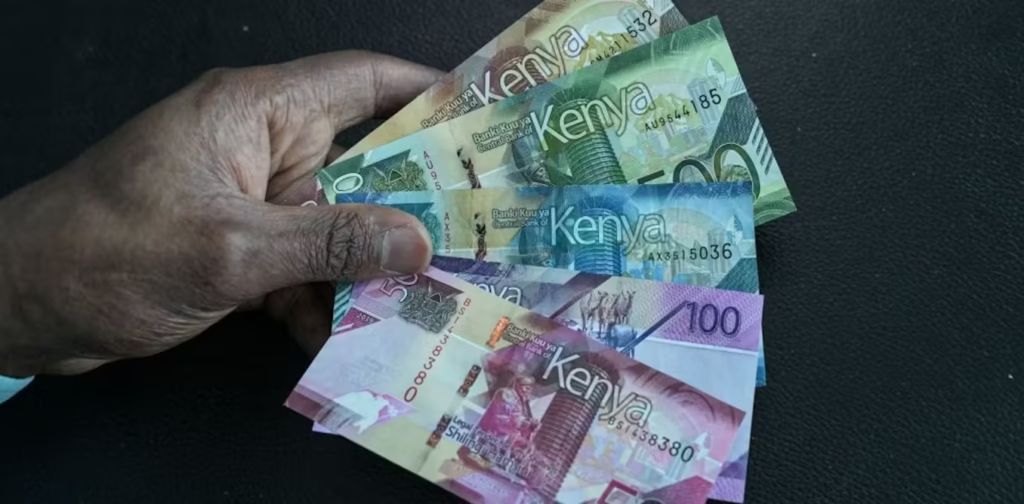After a sharp rise from Sh3.16 trillion in 2016 to a peak of Sh11.14 trillion in 2023, Kenya’s debt has recorded a notable decline in 2024. According to data from the National Treasury, as of December 2024, the total public debt decreased by 2% to Sh10.93 trillion.
This is largely attributed to the appreciation of the Kenyan shilling against major foreign currencies. In 2024, the Kenyan shilling made a remarkable recovery, transforming from one of the worst-performing currencies at the beginning of the year to one of the strongest.
This impressive turnaround played a crucial role in the country’s financial landscape. A stronger shilling not only reduces the burden of servicing foreign-denominated debt but also enhances the country’s ability to manage its financial obligations more effectively.
However, despite the overall reduction in gross debt, the composition of Kenya’s debt portfolio continues to show contrasting trends. For instance, domestic debt has gone up by 16% to Sh5.87 trillion, indicating increased borrowing from local sources which could exert pressure on interest rates and crowd out private sector investment.
On the other hand, external liabilities witnessed a mere increase of 0.49%, reaching Sh5.04 trillion. With the gains achieved through currency appreciation currently at risk due to recent decisions by US President Donald Trump that may spark trade wars affecting emerging markets, the government has to address the challenges posed by rising domestic debt.
As the country expects some funding programs to expire this year, the government has to increase tax revenue, while reducing government spending and borrowing.


